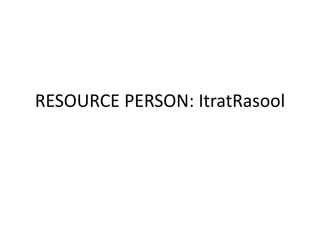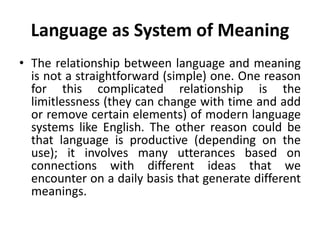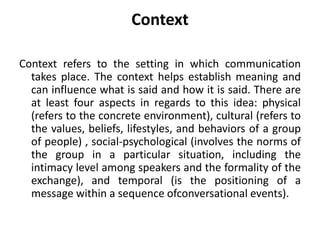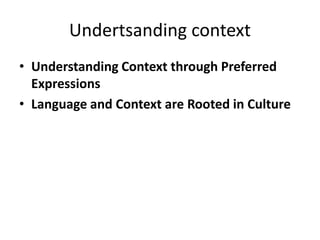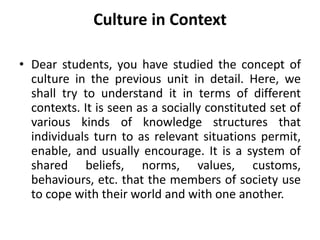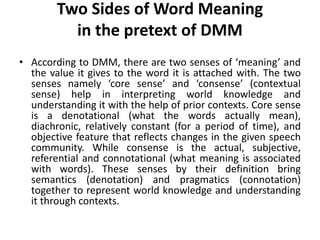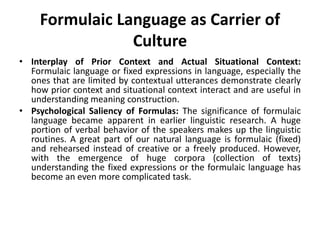Language is a social phenomenon that involves human communication using sounds and symbols. It is derived from the Latin word 'Lingua' and the French term 'Langue' meaning tongue. Language is considered a system that is constantly changing and evolving over time. There are several definitions of language provided, emphasizing it as a method of communicating ideas, emotions, and desires through a system of symbols. Language exists within a cultural context and is influenced by that culture. It is a carrier of meaning and a symbol-based system that helps transfer meaning between minds. Formulaic expressions in a language demonstrate how prior cultural contexts interact with current situational contexts to construct meaning.
